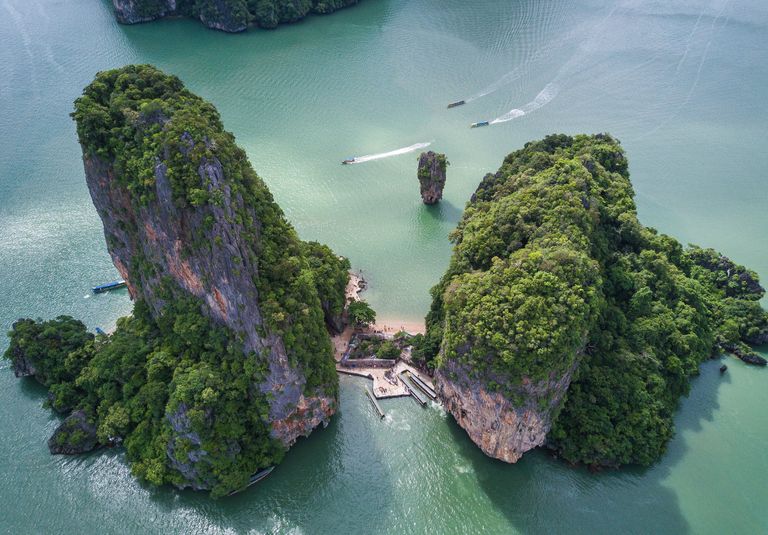40 Must-Visit Destinations Where Nature Has Created Mind-blowing Landscapes
The natural elements of rain, wind, and sun are so integral to life on Earth that we can sometimes take them for granted. But over eons of time, those same simple elements can exert tremendous force over the natural landscape, transforming it in ways that can hardly escape our notice. Nature, it seems, is an artist. And the following 40 destinations comprise some of her most inspired and surprising work.
Cave of the Crystals, Mexico
Replete with giant blocks of selenite, the Cave of the Crystals in Mexico resembles the set of a sci-fi movie. In fact, these enormous structures formed over 10,000 years inside a U-shaped cavern, which is around 1,000 feet deep. The air inside is also highly acidic, deeply humid, and, at 136 °F, extremely hot.
For that reason, visiting the cave, which was first found by miners in 2000, once required special protective clothing. These days, though, the caves are once again inaccessible, filled with flood water to allow the natural process to continue.
Vinicunca Mountain, Peru
Vinicunca Mountain resembles a piece of enormous, multicolored candy. Also known as Rainbow Mountain, the peak is more than 17,000 feet high and lies within a remote area of Cusco in the Andes of Peru. In fact, it can take several days of hiking to get there.
The coloration of the rocks is actually caused by the oxidation of minerals in the sedimentary layers. For example, iron turns red when exposed to the air, chlorite turns green, and iron sulfide turns yellow.
Uyuni Salt Flats, Bolivia
Standing in the Uyuni Salt Flats is like standing in an interminable void. Indeed, there seems to be no end to the bright white, relentlessly flat landscape. Sitting around 12,000 feet above sea level on the plateau of the Bolivian Altiplano, Uyuni covers an area of just over 4,000 square miles.
It is, in fact, the largest salt flat in the world. Its size, combined with the fact that it is almost entirely level, also means that it is sometimes used as an altimeter calibration point for satellites.
The Grand Prismatic Spring, USA
Located in America’s Yellowstone National Park, the Grand Prismatic Spring is so-called due to the dazzling array of colors encircling its banks, said to resemble the effect of a prism.
The colors are caused by a combination of bacteria, carotenoids, chlorophyll, and varying water temperatures. Measuring 370 feet across, the spring is the third largest on the planet and consequently releases a whopping 33,600 gallons of water every hour.

